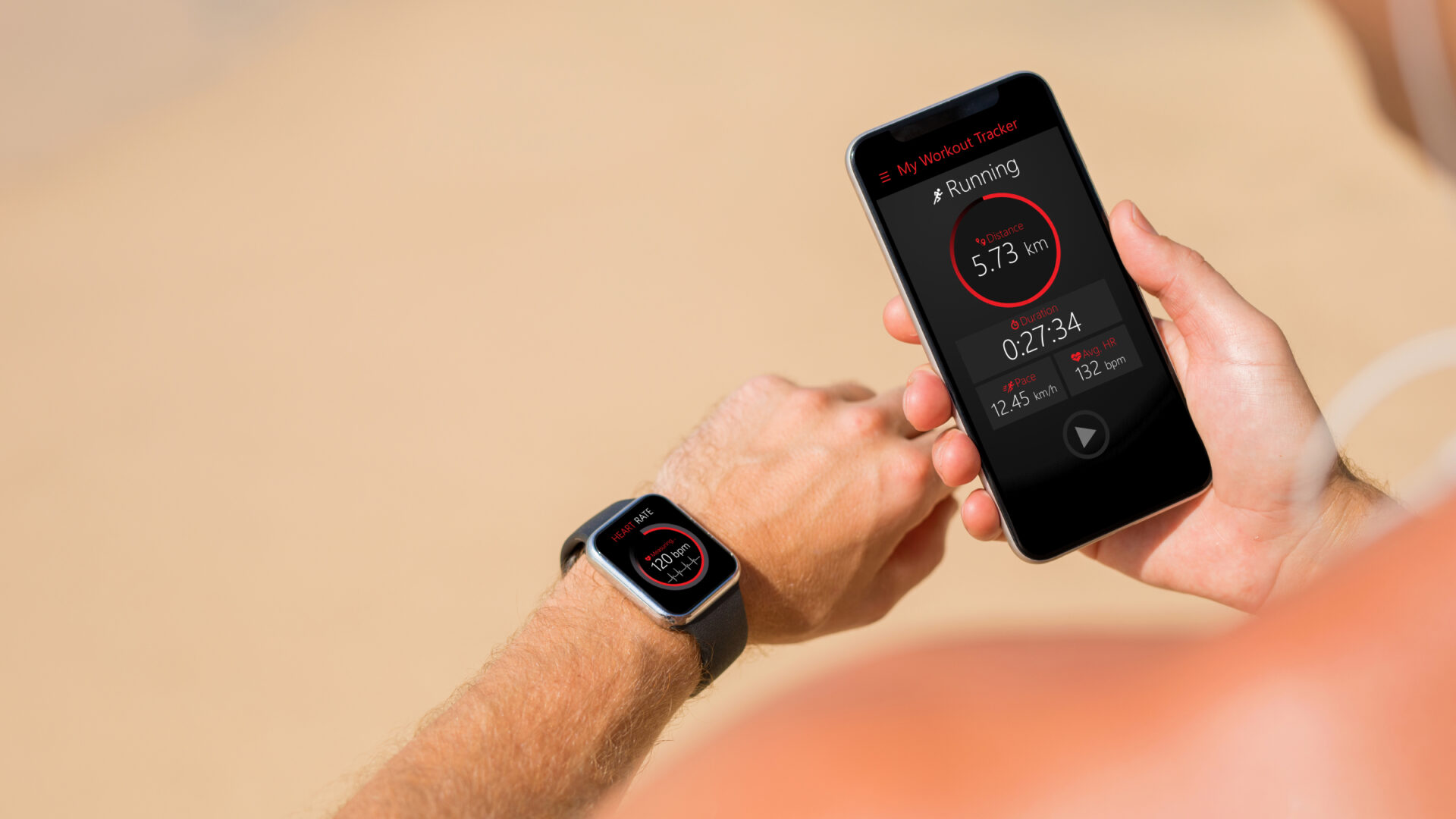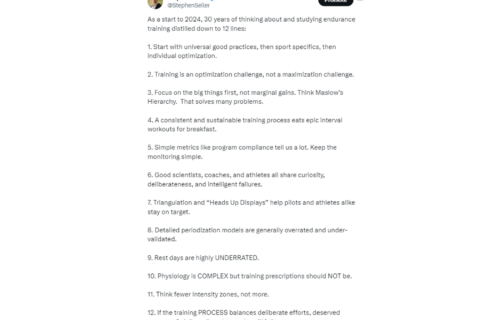While many athletes and coaches rely on TrainingPeaks to analyze and archive their training data, there are several other notable programs worth considering.
While many athletes and coaches rely on TrainingPeaks to analyze and archive their training data, there are several other notable programs worth considering.




